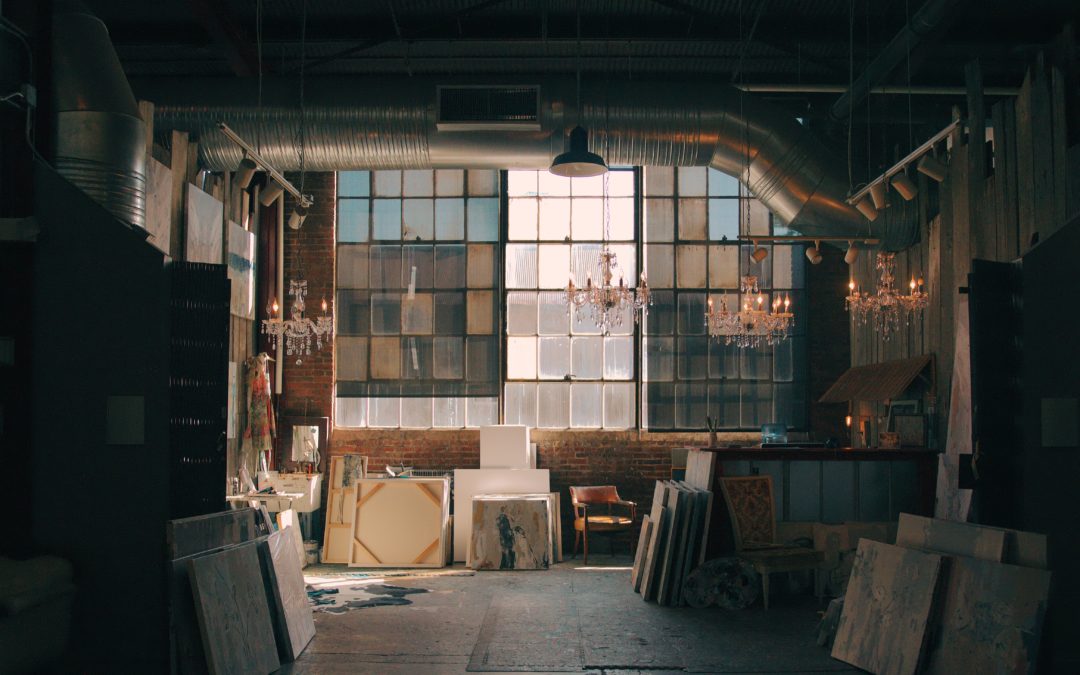Have you ever found yourself exploring the culture of a national gallery and wondering, how are all these old paintings kept so pristine? Preservation is a skill that has been cultivated by museums and galleries over the centuries. Many artists can find their own works looking a little battered after only a week in their studio. We’ve all been there at various points in our careers. A large part of the artist’s final product is their quality of work. Conservation is essential for professional artists.
This article will provide you with preservation tips recommended by fellow artists and art gallery conservation specialists alike. We want to ensure that when you send your artwork out for a sale, or to hang it on a gallery wall, it’s in top shape.
On Display
Keep an eye on lighting.
We don’t need to remind you that direct sunlight is often the source of ageing artwork. Direct light can wreak havoc on the saturation of your colours and the quality of your work. This applies no matter what medium you’re using.
So, what if your artwork is on display at a local gallery but the only available spot is right in a south-facing window? When you frame your artwork you can keep your artwork safe from direct sunlight easier. Consider using acrylic plexiglass, instead of regular glass. Plexiglass offers UV protection. A bonus is that plexiglass is shatterproof.
If your artwork is not appropriate for framing, use a sealant that offers UV protection on your canvas. Sealants need to be compatible with your medium. So, double-check that they are suitable for mixed-media works.
Seal your frames.
Framed artworks need to be sealed properly to protect them from humidity, dust, and insects. Many artists have different preferences for sealing their artwork. How you choose to seal depends on personal preference. However, artworks need to be sealed with high quality and acid-free (PH neutral) materials, this includes paper tapes, backing boards, portfolio materials, etc. Acid causes deterioration and even yellowing over time.
Be Strict with Temperature
Fine Art experts recommend the perfect temperature for conserving artwork to be between 22-24 Degrees Celsius. This may be the hardest to control in your studio but is extremely important to preserving your artwork; particularly when your artwork sits in storage for long periods of time.
If you use portable heaters in your studio, ensure that your artwork is out of its way. Not only could you cause paint to crack by overheating at an accelerated rate, but you could also even start a fire if you’re using flammable materials.
In Storage
Store your Work Vertically
Horizontal storage is a mistake that is too often made in an artist’s studio. Avoid pilling your canvases on top of one another. When you lay your canvas flat you can cause the canvas and its fabric to sag, lose its shape, and wear faster.
Reduce Humidity
Depending on where you’re located, avoiding humidity may seem impossible. We recommend investing in a high-quality dehumidifier. Over time you will make back the money you spent when your artwork can stand the test of time and can be sold with minimal wear and tear.
Store your Work High Up
Researchers have found that those with messier workspaces come up with more interesting and creative ideas than their counterparts. Messy studios are even something I have heard art tutors teach their students. Therefore, no matter how tidy or messy your workspace is, your artwork should be stored securely, up, and out of the way. Artists often lose a fantastic piece to studio mistakes, including spills, paint flicks, and more. This most often occurs because the artwork has been stored on the floor of their studio. So let your creativity and your mess flow freely, but not at the expense of your artwork.

